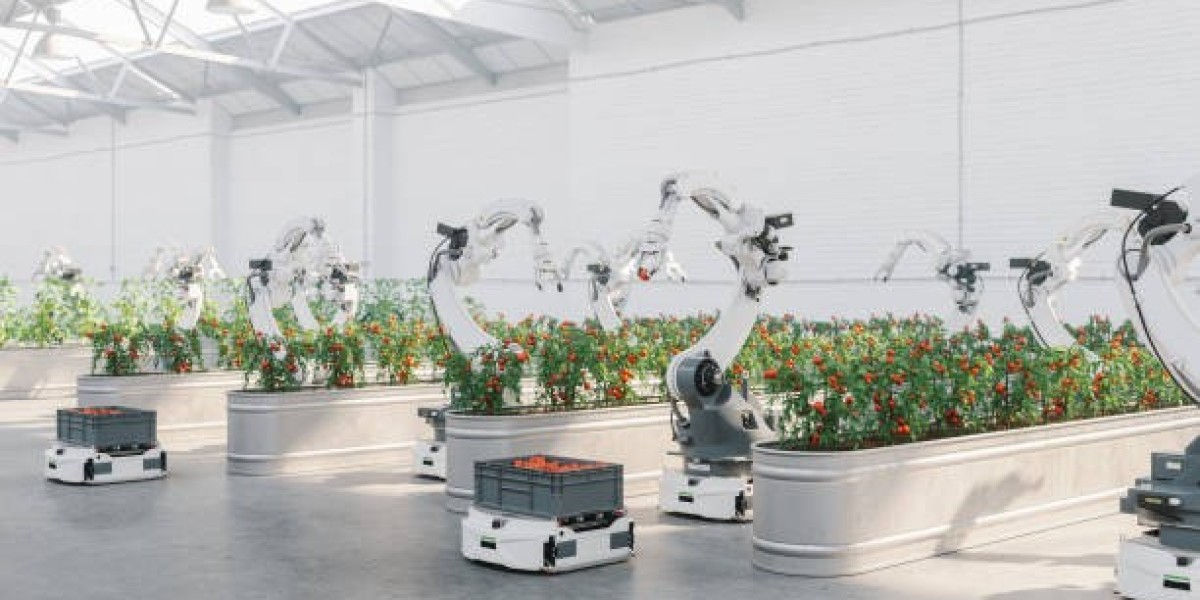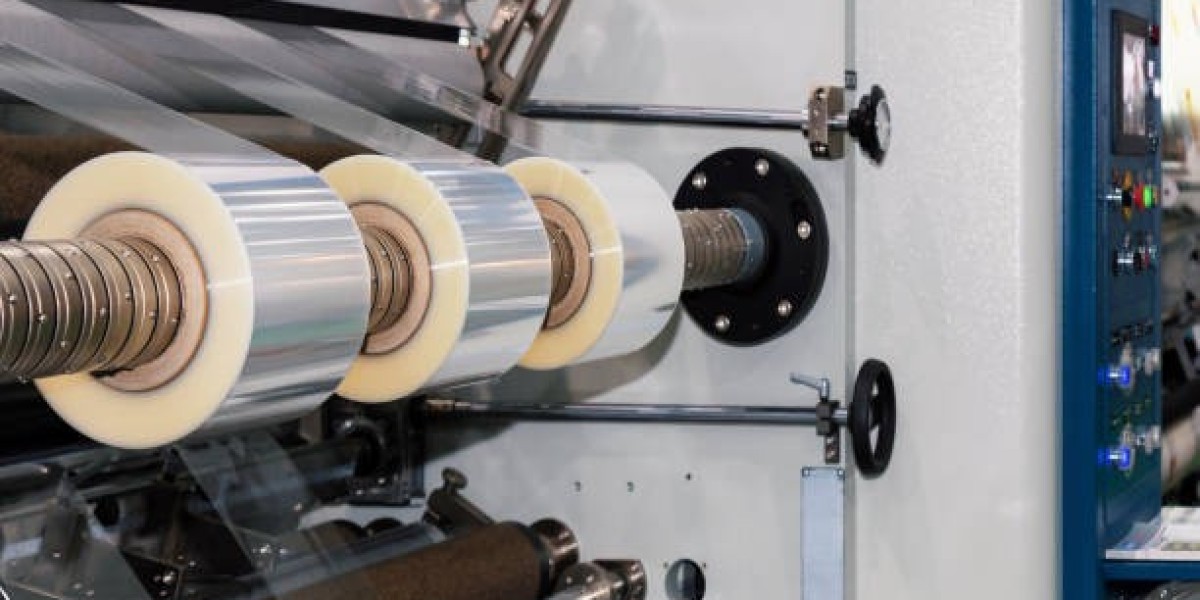The food processing automation market is rapidly transforming the global food and beverage industry. As consumer demand for high-quality, safe, and convenient food grows, manufacturers are increasingly adopting automation technologies to improve productivity, efficiency, and safety standards. From robotics and AI-driven systems to IoT-enabled equipment, automation is driving a new era of smart food manufacturing.
In this blog, we explore the growth drivers, key innovations, challenges, and future outlook shaping the food processing automation market.
With an estimated valuation of approximately USD 12.4 billion in 2025, the market is expected to reach USD 31.2 billion by 2033, registering a robust compound annual growth rate (CAGR) of 12.8% over the decade.
Request Pdf Sample:https://m2squareconsultancy.com/request-sample/food-processing-automation-market
? Market Overview
The global food processing automation market is witnessing strong growth, fueled by:
Rising consumer demand for processed and packaged foods
Labor shortages and the need for cost-effective manufacturing
Growing emphasis on food safety, hygiene, and traceability
Rapid adoption of Industry 4.0 technologies in food manufacturing
North America and Europe are leading markets due to advanced technological adoption and strict regulatory standards, while Asia-Pacific is emerging as the fastest-growing region, driven by rapid urbanization, changing dietary preferences, and expanding food processing industries.
? Key Growth Drivers
1. Rising Demand for Processed & Packaged Foods
Changing lifestyles and urbanization are pushing demand for ready-to-eat and packaged foods, fueling investment in automation solutions.
2. Focus on Food Safety & Hygiene
Automation reduces the risk of contamination and ensures compliance with strict food safety regulations, a top priority for manufacturers.
3. Labor Shortages & High Operating Costs
Automation helps mitigate labor shortages and reduces dependency on manual processes, improving cost efficiency.
4. Industry 4.0 Integration
The adoption of IoT, AI, robotics, and data analytics in food processing is enabling real-time monitoring, predictive maintenance, and smart manufacturing.
5. Sustainability Goals
Automation supports energy efficiency, waste reduction, and sustainable packaging, aligning with global ESG initiatives.
Buy Now Report:https://m2squareconsultancy.com/purchase/27
? Key Industry Innovations
Robotics & Collaborative Robots (Cobots) – Improving efficiency in food sorting, cutting, packaging, and palletizing.
Artificial Intelligence & Machine Learning – Enhancing predictive maintenance, quality inspection, and process optimization.
IoT & Smart Sensors – Enabling real-time monitoring of equipment and food quality throughout production lines.
Automated Packaging Solutions – Driving innovation in sustainable, eco-friendly packaging systems.
Advanced Vision Systems – Ensuring food quality by detecting defects, contaminants, or inconsistencies.
Digital Twin Technology – Simulating production processes to optimize efficiency and minimize downtime.
⚖️ Market Challenges
Despite strong growth, the market faces several challenges:
High Initial Investment Costs – Automation technologies can be expensive for small and mid-sized manufacturers.
Workforce Reskilling Needs – Workers must adapt to operating and maintaining advanced automated systems.
Cybersecurity Risks – Increased connectivity of smart manufacturing systems raises data security concerns.
Complex Integration – Integrating automation across legacy systems can be challenging.
? Future Outlook
The future of food processing automation looks highly promising as technologies continue to advance. Key trends include:
Increased AI & Machine Learning Adoption to improve decision-making and product quality.
Growth of Cloud-Based Automation Systems for enhanced data management and remote monitoring.
Greater Emphasis on Customization to meet consumer demand for diverse and personalized food products.
Sustainable Automation Solutions to align with environmental regulations and eco-conscious consumers.
Expanding Role of Robotics in end-to-end automation, from raw material handling to final packaging.
✅ Conclusion
The food processing automation market is at the forefront of transforming the global food industry. By integrating robotics, AI, IoT, and smart packaging solutions, automation not only enhances productivity and food safety but also supports sustainability and efficiency.
As consumer expectations continue to evolve, and as manufacturers aim for resilience and competitiveness, automation will remain a key driver of growth in the global food sector.
Access Full Report:https://m2squareconsultancy.com/reports/food-processing-automation-market
Related Reports:
https://m2squareconsultancy.com/reports/medical-device-coating-market
https://m2squareconsultancy.com/reports/feminine-hygiene-products-market
https://m2squareconsultancy.com/reports/genetic-testing-market
https://m2squareconsultancy.com/reports/electrosurgical-devices-market
About M2 Square Consultancy
M2 Square Consultancy is a purpose-driven market research and consulting firm dedicated to turning data into insight. Established in 2023, the company helps businesses make strategic, informed decisions through robust feasibility studies, competitor intelligence, and trend forecasting
Get in Touch
Ready to elevate your strategy or explore custom market insights? Reach out to the team directly:
Email: sales@m2squareconsultancy.com
Phone (India): +91 80978 74280
Phone (US): +1 929 447 0100



